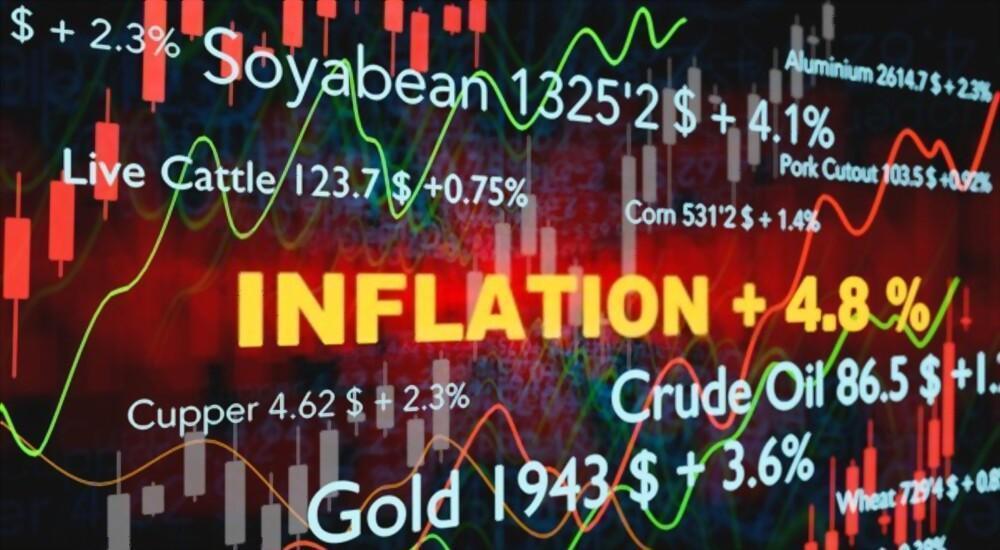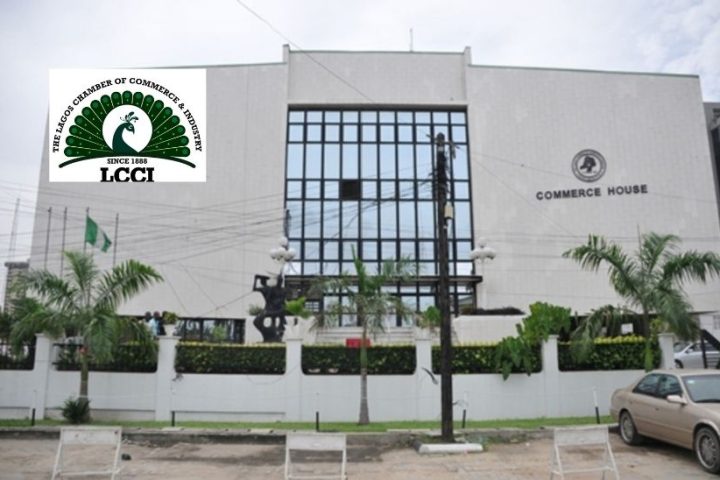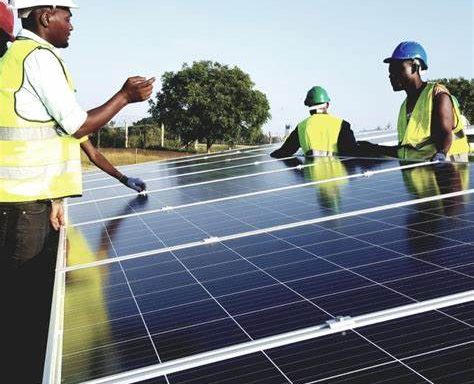The scale and longevity of the global inflation shock have taken most forecasters and central banks by surprise and is bringing forward the start of global monetary policy normalization, says Fitch Ratings in its latest Global Economic Outlook (GEO), published on Wednesday..
Monetary policy responses are becoming more divergent, with European Central Bank (ECB) interest rates still likely to remain on hold through 2023 and the Peoples Bank of China (PBOC) expected to cut interest rates in 2022 it stated, stressing that further strengthening in the US dollar is expected.
A stronger dollar according to the rating agency, and weaker Chinese growth could weigh on commodity prices in 2022, adding to constraints on emerging-market growth, including from domestic monetary-policy tightening.
Join our WhatsApp ChannelAccording to the agency, a strong recovery in global aggregate demand in nominal terms over the past year has not been matched by an equal recovery in output.
It observed that supply bottlenecks resulted in real Gross Domestic Product (GDP) expanding by less than expected in the third quarter (3Q) 2021, with prices increasing by more than anticipated.
Fitch has cut its 2021 growth forecasts for the US, Germany and Japan, reflecting recent supply-chain-related disruptions to industrial production.
Growth in emerging markets excluding China according to Fitch is forecast at 5.7per cent in 2021 and 4.6per cent in 2022, both 0.1per cent lower than in September, partly reflecting a sharp deterioration in Brazil’s economic outlook.
“There are now signs that price level shocks related to pandemic shortages are starting to morph into ongoing inflation. With monetary policy settings still super-loose, this is worrying central bankers”, said Brian Coulton, Chief Economist at Fitch.
According to the agency, the sharp rise in global consumer goods prices since March primarily reflects a surge in goods demand, fuelled by stimulus measures, particularly in the US. Goods prices should stabilize in 2022 as spending switches back to services, strong investment boosts goods supply, and fiscal stimulus unwinds it stated.
“But there have been widespread upward revisions to our inflation forecasts and the increasing prospect of inflation pressures broadening is making central banks nervous.
” Inflation has become a public concern now amplified by energy price shocks and inflation expectations have increased. US wage growth now exceeds pre-pandemic rates as the labour supply recovery lags,” Fitch stated in its report.
It further noted that stimulus is taking US GDP above pre-pandemic trends and the US output gap will turn positive in 2022.
US core CPI inflation is expected to settle at around 3per cents in late 2022 and 2023, significantly higher than pre-pandemic rates.
“We now expect the Fed to raise interest rates in September 2022 and the Bank of England (BOE) later this month, both far sooner than we had expected.
“High inflation is raising policy tensions. The Omicron Covid-19 variant of concern represents a downside risk to growth but could adversely affect supply leading to further price increases, implying risks if central banks delay normalisation,” it said.
















Follow Us